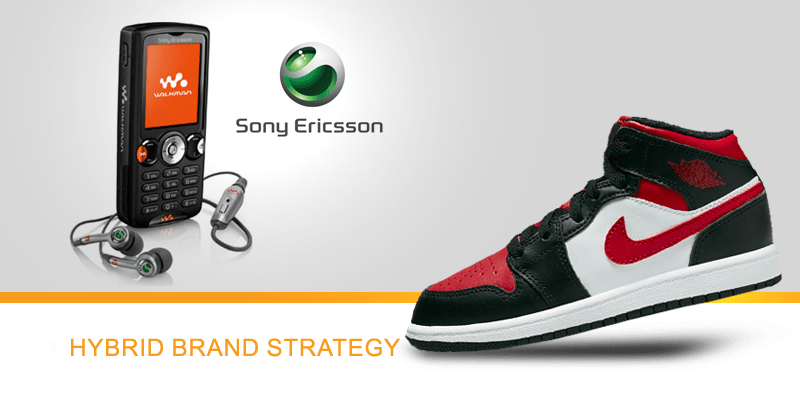What is
Brand Architecture
& Brand Portfolio?
Think of Brand Architecture and Brand Portfolio as a brand’s family tree or its hierarchy. It is how an organization organizes the various named entities within its portfolio. Ideally, the brand architecture is simple with no more than two levels: brand and sub-brands. In fact, brand/sub-brand is the type of architecture most often used. It takes many forms, mostly based upon the type of name used for the sub-brands. Some organizations add a third level: named products. But, any more than two levels can be confusing.
What is Brand
Architecture & Brand Portfolio?
Think of Brand Architecture and Brand Portfolio as a brand’s family tree or its hierarchy. It is how an organization organizes the various named entities within its portfolio. Ideally, the brand architecture is simple with no more than two levels: brand and sub-brands. In fact, brand/sub-brand is the type of architecture most often used. It takes many forms, mostly based upon the type of name used for the sub-brands. Some organizations add a third level: named products. But, any more than two levels can be confusing.

BRAND Portfolio & architecture Strategy:

When all services and product offers of a company are gathered and centrally managed under one brand, as is the case with Siemens, General Electric, IKEA, Allianz, Phoenix Contact, Hoval, or Harley Davidson, we refer to that brand as an umbrella brand. An umbrella brand is a brand architecture concept .

The “House of Brands” brand architecture strategy refers to a brand management approach where a company maintains multiple distinct and independent brands under its corporate umbrella. Each brand within the portfolio has its own unique brand identity, positioning, and marketing strategies. The individual brands are not explicitly associated with the corporate brand, and the corporate brand may not be prominent in the consumer-facing communication of the individual brands. The focus is on building strong individual brand equities while allowing for brand diversification and targeting various market segment
Procter & Gamble (P&G) employs “House of Brands” brand architecture strategy that allows for the effective management and positioning of its extensive portfolio of brand

